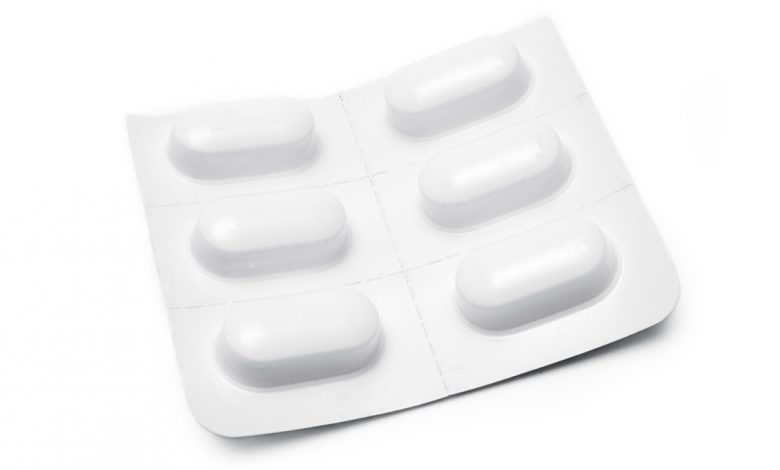New Oral Drug Shows Rapid Benefits in Human Islet and Mouse Models
After 20 years of searching, UAB researchers have discovered a simple, oral drug with the power to cure diabetes in mouse models

Researchers at the University of Alabama Birmingham have spent the last two decades screening over 300,000 compounds in their search for an orally bioavailable drug to treat diabetes.
Now, it appears, all that hard work has paid off.
Through their experiments, the researchers were able to identify a small, nontoxic molecule that works not only to normalize blood glucose in obese diabetic mice but also in streptozotocin-induced diabetic mice, a model for type 1 diabetes.
The molecule, known as SRI-37330, was able to improve four separate detrimental characteristics of diabetes:
- Hyperglycemia
- Hyperglucagonemia or the elevation of glucagon hormone which counteracts the effects of insulin and promotes glucose production
- Glucose production by the liver
- Hepatic steatosis, or fatty liver disease
Within days of starting the new oral drug, the mice experienced normalization of blood glucose. Despite the drug’s apparent interference with glucose production within the body, there were no instances of hypoglycemia recorded.

The researchers noted that the effects of this drug far exceeded even those seen with the leading oral diabetes drugs, metformin, and empagliflozin.
While no human trials have been completed yet, the drug has been tested on isolated human islet cells with very promising results.
Recently, we had a chance to speak with Anath Shalev, MD, the director of UAB’s Comprehensive Diabetes Center and the lead author on the SRI-37330 study which was published in Cell Metabolism.

Dr. Shavlev, would you say that SRI-37330 had a curative effect in obesity-induced diabetic mice? Would you expect it to have a similar curative effect in humans with type 2?
Yes, SRI-37330 normalized blood glucose control in a very stringent and severe mouse model of obesity-induced diabetes and taken together with the promising results in isolated human islets and the fact that the targeted signaling pathway is very well conserved between mice and humans, we hope that it will have similar beneficial effects in humans with type 2 diabetes.
You’ve mentioned that the drug treatment could be beneficial to treat people with type 1 diabetes as well as type 2. By what pathways do you believe SRI-37330 would help in type 1 and would you expect it to be curative or simply make the disease easier to manage?
Like in type 2 diabetes, the drug would be expected to lower and normalize glucagon levels and thereby prevent excessive glucose production by the patient’s own liver. However, we believe that in the case of type 1 diabetes, an additional important pathway would come into play. We have previously shown in mouse models and humans with type 1 diabetes that inhibiting TXNIP, the toxic protein targeted by SRI-37330, protects pancreatic beta cells and promotes their survival and insulin-producing function.
SRI-37330 has the benefit of being formulated as a simple, oral drug. Would you expect patients to have to take the drug for life to continue to receive the benefits? Would this differ between type 2 and type 1 patients?
Yes, diabetes is a chronic disease and we would expect that individuals with type 1 or type 2 diabetes would have to continue to take this oral drug to maintain its benefits.
What are the next steps for testing this drug? Is there any notion as to when it might be available, assuming trials prove its efficacy and safety?
The next steps include completing any remaining safety testing to get an Investigational New Drug approval and to move it into a phase 1 trial. Clinical trials testing new drugs such as SRI-37330, are not only extremely expensive but also typically take years, even in the best-case scenario, to make sure that the drug is safe and effective.
Source: UAB Release




